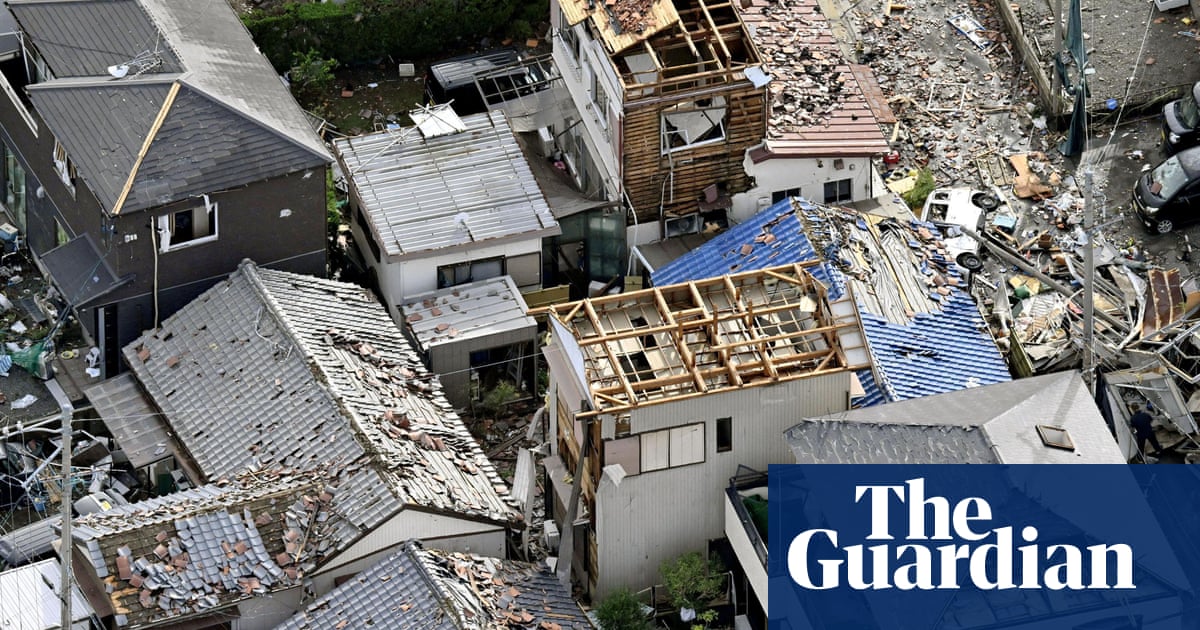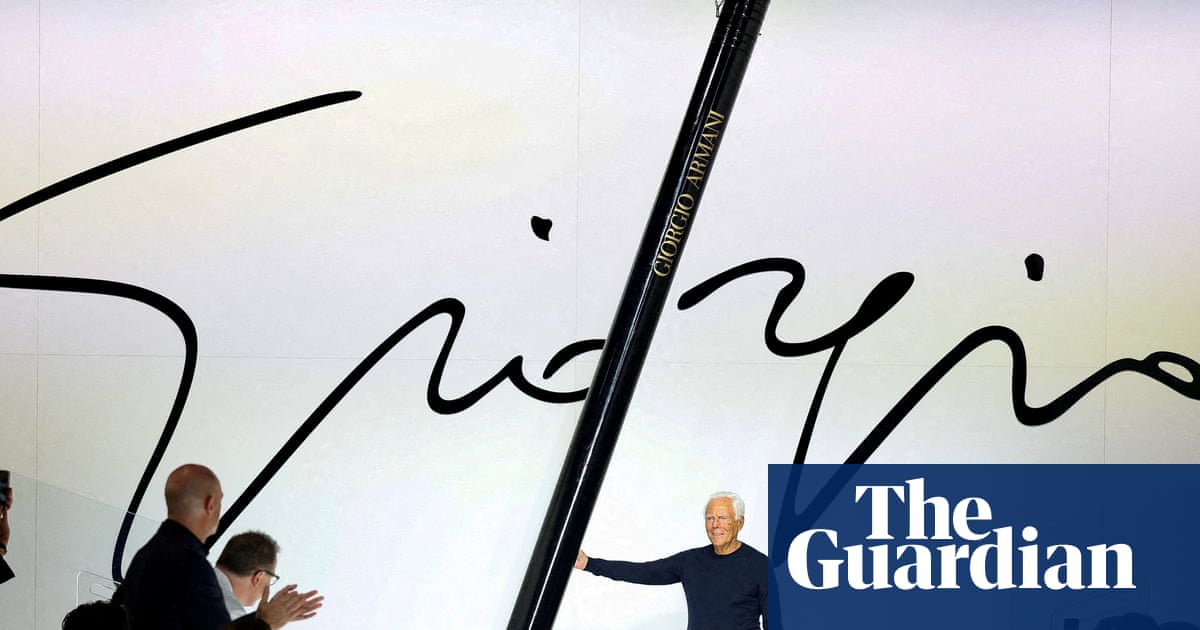This place looks like a storm hit it. The winds have ripped up houses, shops, factories and art studios, whirled the pieces in a mighty twister and smashed them to earth in pulverised fragments. Now they scatter South London Gallery, towering over you in two random heaps, with other pieces gathered in clusters, floating on the walls, thrown all over the floor. Crunch, crunch – you can walk on broken bits of wood carpeting the ground, negotiating your way around bigger debris, as you inspect the ruins of America – and, sadly, of American art.
Seven decades ago, Jackson Pollock put America at the forefront of abstract art with looping and spiralling vortices of energy that he created by pouring and flicking paint on to a horizontal canvas. Leonardo Drew grew up in a housing project in Bridgeport, Connecticut, in the 60s and is consciously influenced by Pollock, whose work he first saw in a book at his local library. Where Pollock threw paint, Drew scatters splintered wood, yet his sculpture can also be seen as painting, since before breaking up many of the boards and planks in this show, he painted them. The entire installation can be seen as a huge action painting in 3D. Drew even numbers his works like Pollock did: the alternative title of Ubiquity II is Number 436.
But if action painting in the 50s was a freewheeling image of the improvisational American spirit, this is the debris of a shattered American dream. You get a sense, contemplating Drew’s crafted rubble, of surveying the aftermath of a cataclysmic weather event or walking the streets of a US town obliterated by the latest freak hurricane or tornado. This is painfully resonant given the Trump administration’s policy of active climate crisis denial, including the withdrawal of government funding for research. And, as the eerie silence of this world in smithereens, broken only by the wood cracking under your feet, reminds you, some of the most traumatic indicators of climate emergency, from storms to fires, have hit the US itself.

Drew doesn’t claim his art is political in any direct way: it is abstract. I’m reading Trump into it. But although I could go on like this, identifying artistic echoes and urgent themes, it’s forced. This artwork is disappointing. On paper, and in photographs, Drew’s work seemed spectacular, yet as soon as I walked into the gallery my heart sank. There’s a lumpen, flat, unthreatening feeling to this show. It’s as depressing as a destroyed town but without the danger or horror. In fact, it’s hard to feel anything at all about an assemblage that fails to suggest motion, energy or life.
When you enter the long, tall white space, the first disappointment is the way wooden items are stuck around the walls. They don’t look like flying fragments propelled through space, but decorations on a bedroom wall. Some resemble cricket bats. One looks like a gun. Whatever they are meant to be, they are as radical as wrapping paper.
The second blow to anyone seeking artistic fun is the sight of the two tottering heaps with a valley between them through which you can pass. “Tottering” is inaccurate, for they are clearly not about to fall. You can see the scaffolding on which the artist has built his Towers of Babel. Everything is safely, staidly stuck in place. I’m not saying it should fall, but where is the dramatic tension?
The only hint of danger or dynamism is in the starbursts around the floor. One looks like a fist of rapidly expanding matter. It makes you think of the exploding enemy plane in Roy Lichtenstein’s painting Whaam! – which is itself an ironic homage to Pollock’s action art. Maybe the contrast is deliberate, for Drew says his art is a meditation on entropy. So the energetic, propulsive assemblages may be newborn stars or fragments of the big bang. But the sagging heaps of crap are the universe approaching its death, Earth under an avalanche of garbage, America at the end of its time.
Maybe so. But it’s dreary to look at. It’s not just at the macro scale that the installation appears inert. Every small chunk you look at, in the heaps, on the walls, has an arbitrary wanness up close. Nothing seems to mean much, or matter much.
Perhaps Drew is simply crushed by these times. But it seems to me this work, with its conscious echoes of Pollock that fail to recapture the excitement or surprise of America’s modern art glory days, is a symptom of a nation in cultural as well as political decline. Trump’s America is a shell of what it once was. Americans were creatively brilliant not so long ago, pumping out the best art, novels, music. But this exhausted art looks to me like the product of a decaying country.

 3 months ago
50
3 months ago
50

















































